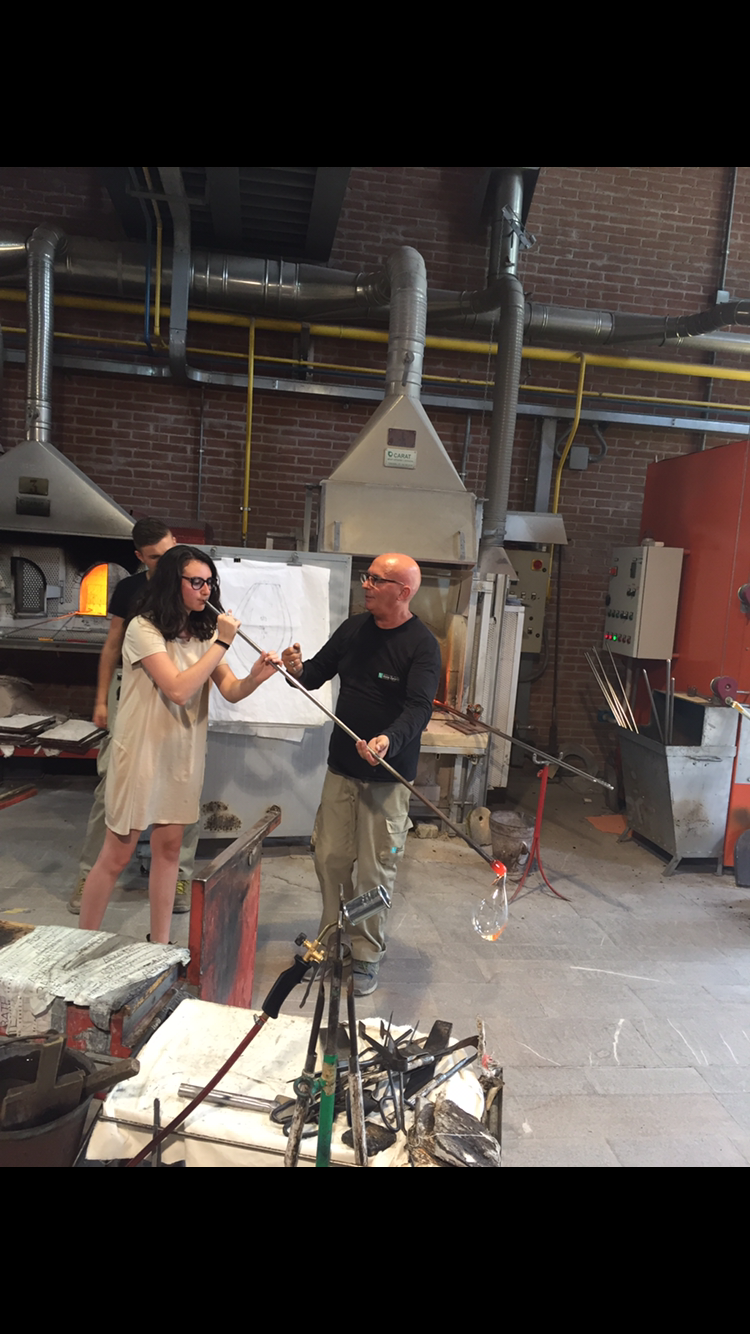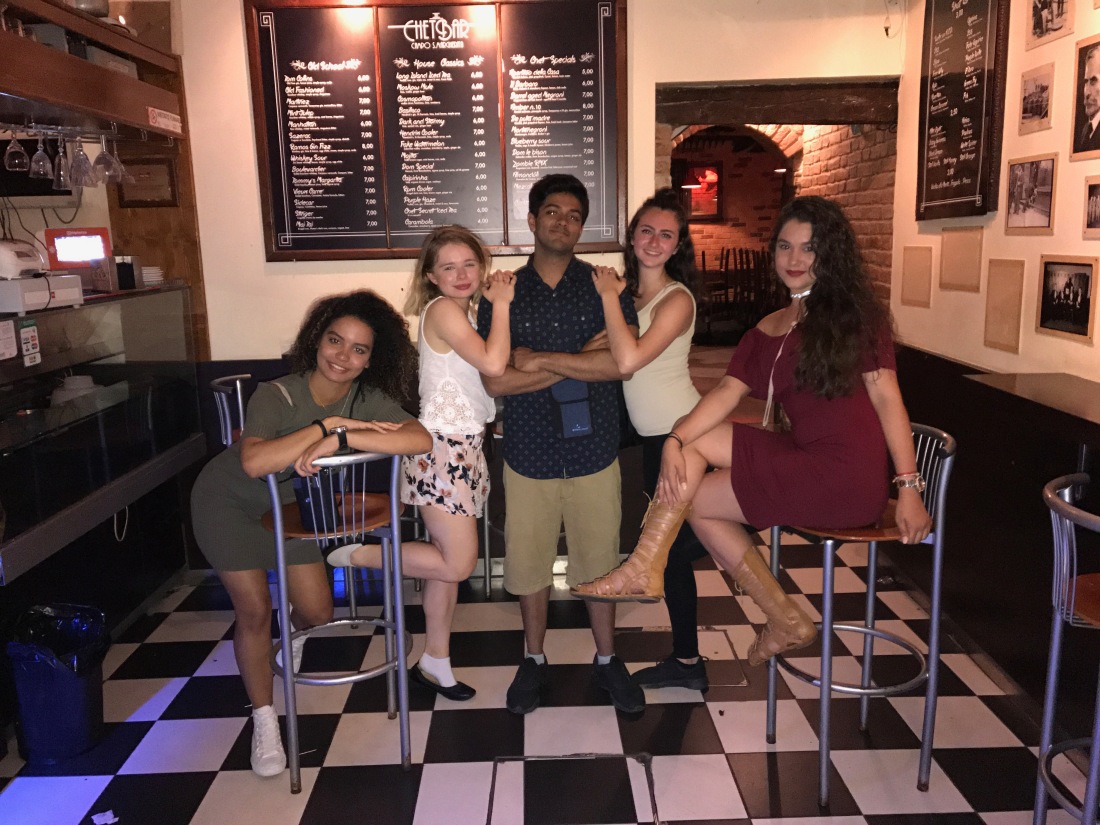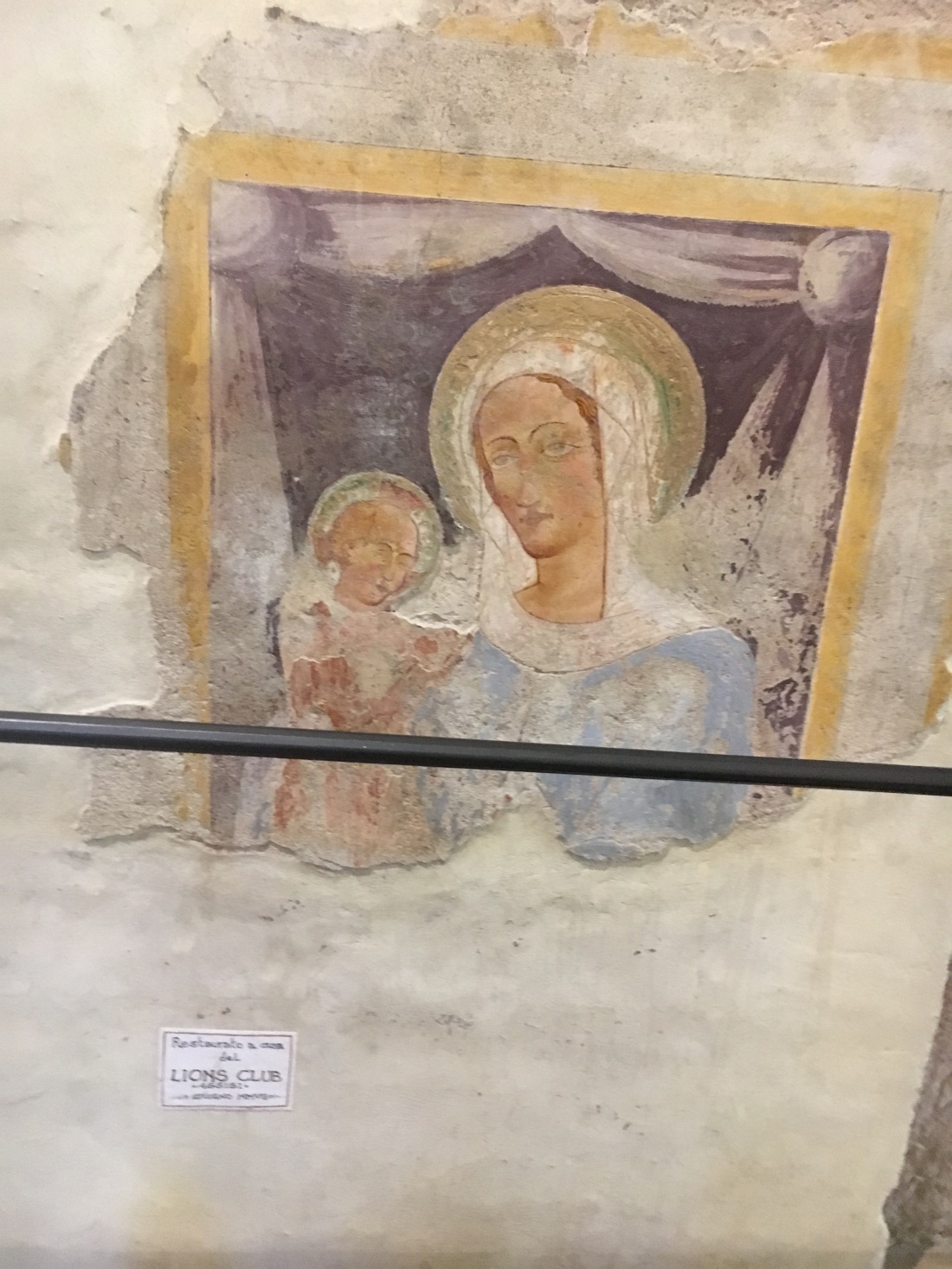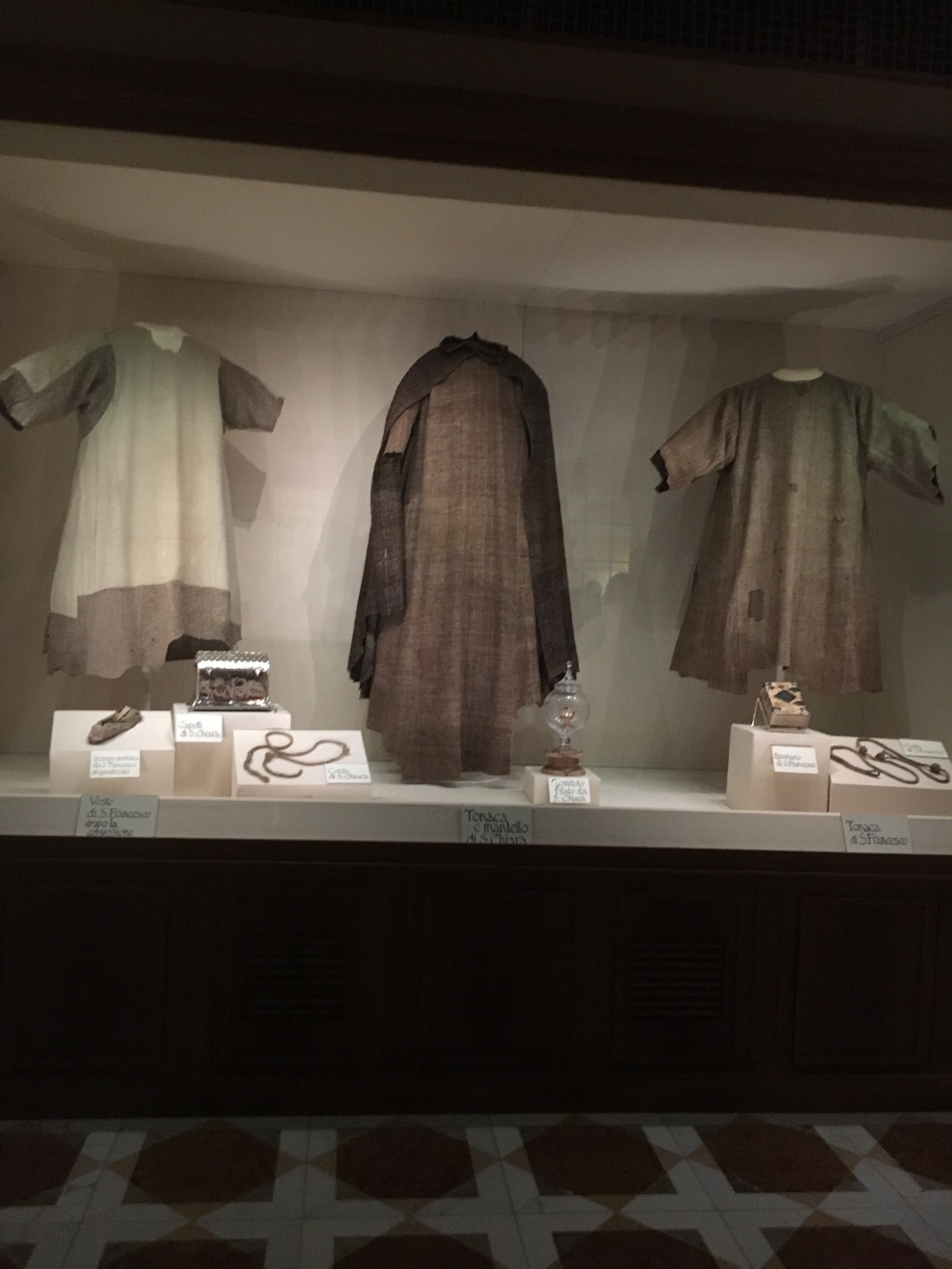Throughout this semester, I was assigned an artist and was able to learn about them. The artist I was given was Fra Angelico and this was a great opportunity to learn a great deal about him. Fra Angelico was an early Renaissance painter who was considered to be extremely spiritual. He was known for his religious paintings and often painted very soft and sweetly, such as in his Annunciation. This was pointed out by Giorgio Vasari in The Lives of the Artists when he states “In a chapel of the same church there is well executed that it truly seems to have been created in Paradise rather than by a human hand.” Michael Kimmelman from the New York Times also stated something similar about Fra Angelico, which was “He came to be perceived as a sweet, saintly innocent, behind his times.”
Another fact which I learned about Fra Angelico that stuck with me throughout the entire trip was when Vasari wrote “He never painted a crucifix without the tears streaming down his cheeks.” This stuck with me because the first painting in the MET which I was able to view was the Crucifixion, and once arriving at The Museum of San Marco I saw many more. Fra Angelico was known in particular for all of the Crucifixions he painted, and to also know that he was a deeply spiritual friar allowed me as a viewer to get into his mind and understand his thought process. He not only cried while painting The Crucifixion, but he was extremely skilled at showing different expressions on people such as agony and pain within the Crucifixion.

Since he was an early Renaissance artist, his paintings often lack detail, which is why I was excited when we were given the opportunity to choose another artist and compare their works. The other artist I chose was Giovanni Bellini. This allowed me to see the progression of artwork throughout time. Bellini was a Venetian artist who painted The two artists styles are very different, but they often depict many of the same religious scenes. For example, they both had painted The Annunciation. I have spoken about both of these works previously, but it was interesting to see the same scene painted by two different people while also not having it be as repetitive as the Madonna and Child. The Annunciations differ vastly in terms of their level of detail in the clothes and background.

Bellini’s Annunciation has much more detail. His level of detail was put very well by New York Time’s writer Roderick Conway Morris when he stated that Bellini’s work was “…realistic yet embodying intimations of the divine, utterly individual yet universal images of the pathos of the human condition.” The viewer is able to see this through the expressions on Mary and Gabriel’s faced. This differs from Fra Angelico’s work because you can tell by the movement of the robe that Gabriel is wearing and even the background and architecture is more detailed. This painting is much darker than Fra Angelico’s, but while Fra Angelico’s had a plain background, Bellini’s had marble and tile floors. Bellini’s work shows perspective more and uses the squares on the walls, floor, and ceiling to do so. The light in Bellini’s painting is also focused in certain points while in Fra Angelico’s it is not. The viewer would be able to see that throughout the Renaissance, style changed drastically and as time went on, paintings and works of art became increasingly more realistic and detail oriented.
These paintings are all still studied today not only because they were relevant during the time of the Renaissance, but because they relate to today’s world as well. The paintings during the Renaissance were based off of religion and artist’s various interpretations of stories that came from the bible. They continue to hold value within today’s society because many people are still engrossed in religion and all of these stories hold weight within people’s lives. It is a topic which has not yet gone out of style and is taught and learned by each generation to the next.
Something which I found to be fascinating about our trip to Italy was that we were travelers and not tourists. There are many difference between tourists and travelers, and what made us travelers and not tourists were the experiences we were able to have while on the trip. For example, tourists often do not have the ability to blow glass at a glass school. We were given the opportunity to have experiences that others would not have.

One of the biggest differences between a tourist and a traveler to me is their willingness to immerse themselves within the culture of the place which they are visiting. For example, tourists will stick to what they are comfortable with, such as food. Throughout the trip I was able to try a variety of foods such as cuttlefish, rabbit, and boar, all of which were completely foreign to me. While I may not have enjoyed all of these foods, it was important for me to try it because that is the regions specialty.
Another thing I enjoyed which I thought made me more of a traveler instead of a tourist was spending time with locals. We were able to go out and hang out during night time, so we often got together as a group and would head down to the local bar. In Venice this was particularly fun because of how different the scene is. No one stays in the bars, they sit on the bridge outside and talk to one another. We were able to meet and speak with locals of the area. One night we had a local tell us he was a photographer and set us into the position he wanted us in to take a picture. This made me feel as if I was within the culture and getting everything I could out of this experience.

My most important take away from this trip was by far to never shy away from new experiences and cultures. The more open you are to taking in your surroundings, the more fun you will have. I am extremely lucky to have been able to have such a great experience and I would have been upset if I came home and had not tried new foods, new activities, and if I had not embraced what was around me. Exploring the cities and nightlife and even just discussing different topics with locals opened my eyes to how others live and how different life is in various places. This trip allowed me to grow and become more cultured and I would not have traded this experience for the world.
Citations
Kimmelman, Michael. “Fra Angelico, the Master of the Golden Halo.” The New York Times. The New York Times, 11 Sept. 2005. Web. 10 June 2017.
Morris, Roderick Conway. “Bellini, the Venetian Master and a Father of the Renaissance.”The New York Times. The New York Times, 11 Dec. 2008. Web. 10 June 2017.
Vasari, Giorgio, and B. Burroughs. Lives of the Artists: Biographies of the Most Eminent Painters, Sculptors, and Architects in Italy. New York: Simon & Schuster, 1946. Print.








 The Madonna of the Milk fresco, taken by me.
The Madonna of the Milk fresco, taken by me. The tunics of St. Francis, taken by me.
The tunics of St. Francis, taken by me.













